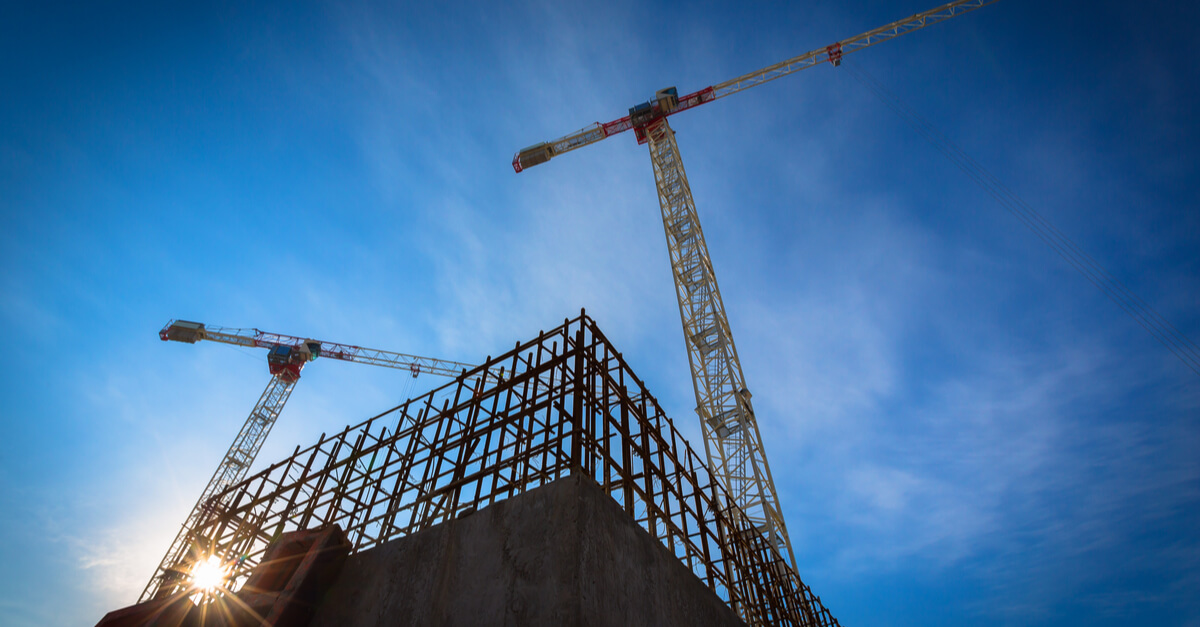
News Infrastructure construction 717 26 November 2019
The expectation of a drop in metal prices by market participants impedes the sales process
According to the Ukrainian Steel Construction Center (USCC) Association, in October 2019, prices for construction metal fell by 4.3% on average.
In Q3 2019, the consolidated index fell by 10.5% to 89.5% against the same period of 2018.
Comparative analysis of January–October 2019 and 2018 showed that the highest decrease was recorded in prices for channels (-26.4%), hot rolled sheets (-26.4%), and hollow sections 100×4 (-25.6%).
| Product | Current quotation, ₴ | % per month | % to 10 months of 2018 |
|---|---|---|---|
| Hot rolled sheet 5–14 mm | 15.14 | -5.61 | -26.38 |
| Beam No. 20 | 18.55 | -3.13 | -18.41 |
| Channel No. 18 | 16.48 | -1.79 | -26.4 |
| Angle 63х5 | 16.43 | -1.79 | -21.65 |
| Hollow section 100х4 | 17.1 | -5 | -25.65 |
| Round pipe 114х4 | 17.35 | -4.93 | -25.38 |
“The global steel market is under pressure caused by deflated demand and trade wars. This, in turn, affects the Ukrainian market, resulting in a sharp drop in prices,” explains Denys Rysukhin, CEO of Metipol, a producer of polymer-coated galvanized steel coil.
Starting 2019, construction metal prices continued to decline — the aggregate index in UAH dropped by 20.3% to 79.7%.
“The expectation of a drop in metal prices by market participants impedes the sales process. A drop in prices for construction metals and ferrous metals usually occurs on a parity basis. Therefore, it is not a key factor influencing the demand,” said Inna Ponomaryova, CEO of Vikant, a leading wholesale and retail company in the rolled steel market.
Construction is the main driver of domestic consumption of metal. According to GMK Center, 68% of rolled steel on the domestic market is used in the construction sector.
To date, the construction sector consumes steel products in the following proportions: sheet — 60%, angles — 8%, beams — 6%, channels — 12%, round pipes — 4%, and hollow sections — 10%.
According to Igor Tonev, CEO of Metinvest-SMC, the apparent steel consumption in Ukraine in 2019 will amount to 4.7 million tons.
“Consumption will continue to grow by 3–4% per annum due to the economic recovery and a low comparative base after the 2014–2015 crisis. The price trends in the domestic market will mirror the global trends,” Mr Tonev summarized.



